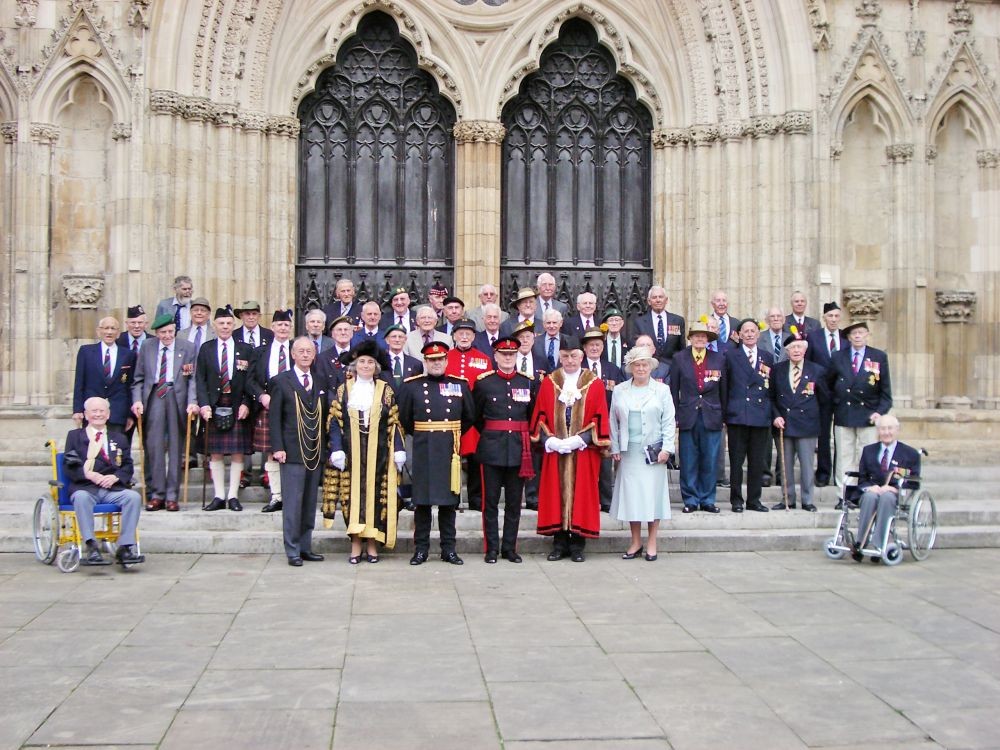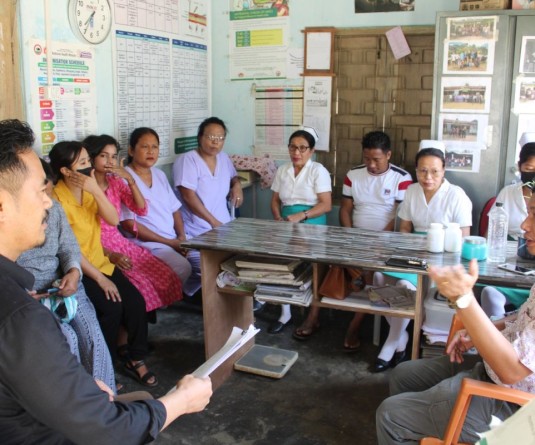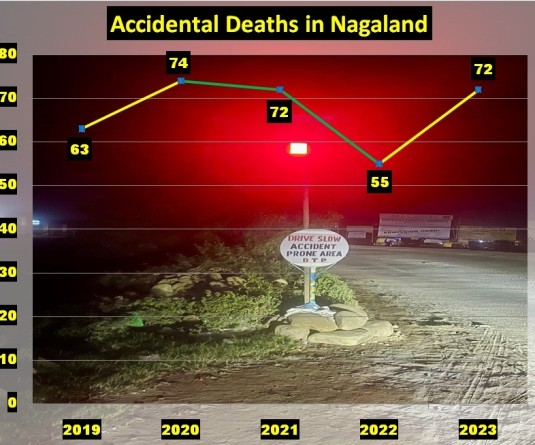This photograph provided by the Kohima Educational Trust, shows some forty 2nd Division veterans of the Battle of Kohima with the Lord Mayor of York, the current General Officer Commanding 2nd Division and entourage. The photograph was taken outside York Minster after the annual Kohima Memorial Service in York, England, on April 24, 2007.

Thannganing Hungyo
Kohima/Dimapur | June 21
ON THIS day in history, the battle of Kohima came to an end. Sixty three years later, very few survivors of the battle remain. The others rest in their graves, several in the Kohima War Cemetery.
In England, only some 40 veterans of the battle sometimes referred to as the “Stalingrad of the East” attended this year’s Kohima memorial service at York.
Before their final reunion in 2004, the British veterans decided to form the Kohima Educational Trust to honour the people of Nagaland who were their allies in the battle. “They wanted something to continue their role in the Kohima battle that would help descendants of those who fought with them,” Lily Das, a trustee, said from her London home over phone.
Lily, a journalist who was born in Nagaland, keeps constant contact with the World War veterans. “Every veteran that I speak to has very fond memories of our people. They had amazing experiences in Nagaland.”
An “old boy” in his eighties, she recounted, spoke of how his life was saved by two Nagas in a local newspaper based in England. The British soldier was wounded and enemy troops were closing him on in during the battle. The two Nagas arduously carried him from Chedema to near the hospital, keeping wary of daylight. Though they could not understand each other, the Nagas knew the soldier was in grave need of medical attention.
In Nagaland, too, only a handful of those who helped in the battle are alive. “Three have died this year,” Khrienguü Kire, who witnessed the battle as a young girl, said. Nagas who could speak some English were employed by soldiers of both countries to act as interpreters, she added. The septuagenarian also brought to mind how Kenneth, a neighbour in Kohima, helped the British Army as a scout. “My brother, Mezhur, would tell us tales of how they (British and Nagas) attacked the Japanese.”
Morung Express News



.jpg)


